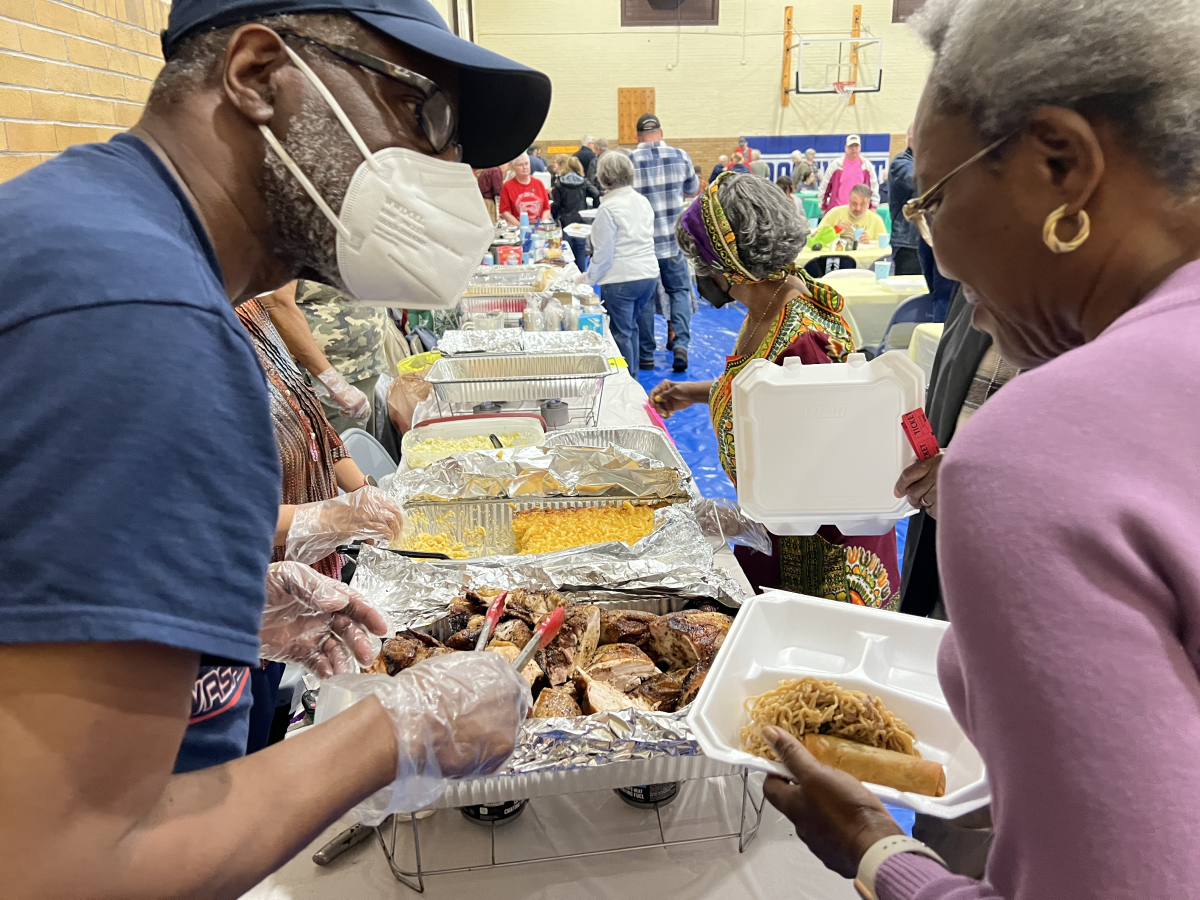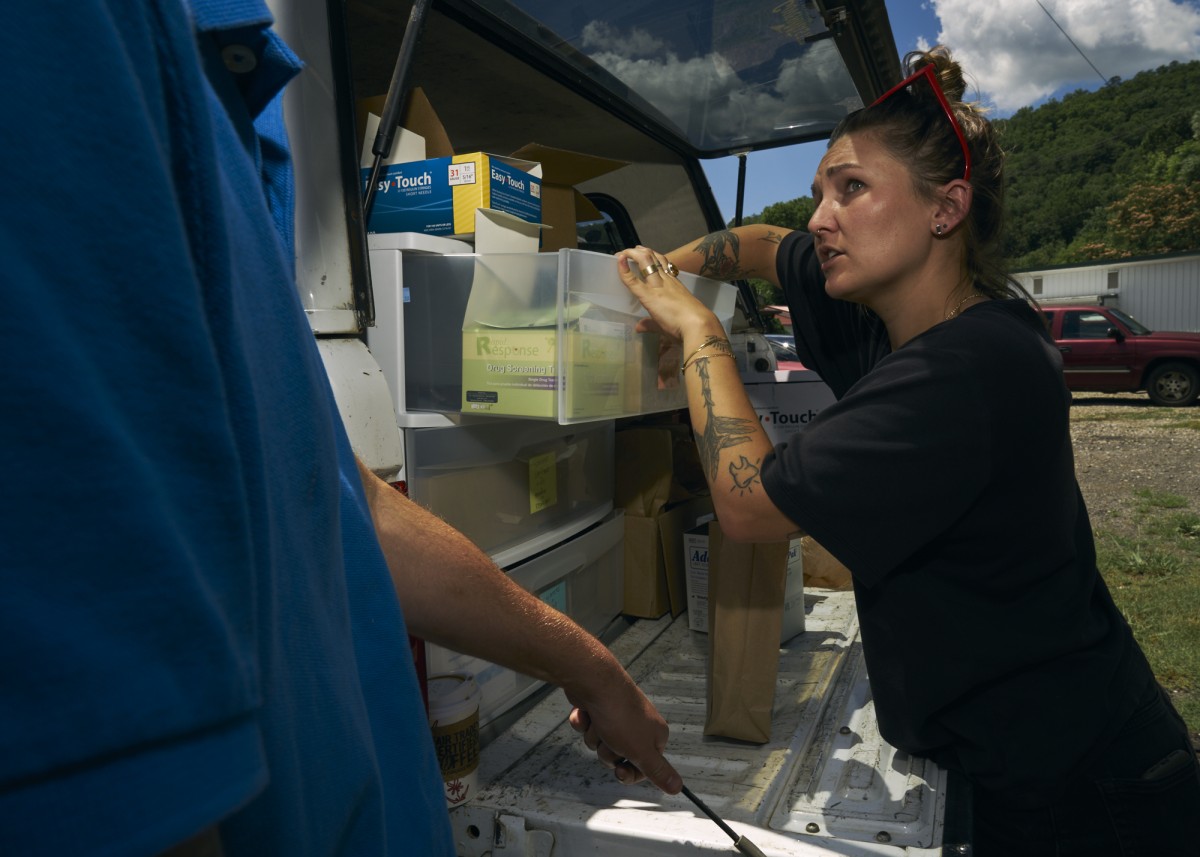Three years ago, the world shut down.
What had been a remote news story about a strange virus in a faraway country swept across the globe and came crashing onto our own shores seemingly overnight. Those days were the “unprecedented times,” the plot twist none of us saw coming.
“We’re all in this together!” was a resounding but hollow refrain because, in fact, we were very much not in it together. Isolation was the only way to slow the spread of the virus. We were all in it alone, confined to our houses with only immediate family or roommates, arguing online about lockdowns and masks and toilet paper shortages.
In hindsight, it’s clear we were all disoriented. And we were in grief – bereft of plans and normalcy and security. Many lost loved ones who died in overrun hospitals without the comforting presence of family members. Funerals were foregone as large gatherings were prohibited. Our most sacred traditions were constrained to the exhausting pixelation of Zoom. Life became virtual.
COVID rolled into my life at a time when I was already in the haze of grief. The impossible, unprecedented, unthinkable catastrophe had already happened to me. My only sibling had died unexpectedly the year before after a bad bout of the flu.In the aftermath of her death, as I helped support my parents and care for her two young children, I had two miscarriages.
In the months after her death, I struggled to process my losses. I drove the winding roads between her home in East Tennessee and mine in Western North Carolina, but I was getting nowhere.
Just before the COVID lockdowns, I came across an article about strange, historic grief rituals from around the world. I learned about Irish keening (or wailing), covering mirrors, stopping clocks and tolling the bell. The article piqued my curiosity, and so I dug deeper, reading any book I could get my hands on about bereavement practices.
This is when I discovered that Appalachia – both its past and its present – has something unique to offer the world when it comes to grief.
America is a society that is slowly losing its rituals. As cultures amalgamate, modernization intensifies and religious participation declines, we’ve forgotten the ancient ways that often accompanied life’s most revered rites of passages: birth, coming of age, marriage and death.
Sickness is handled by health care professionals in sterilized hospitals, and death has been outsourced to halcyon funeral homes. Morticians manage our mortality. We rush through our mourning and seek to palliate our pain.
But the truth is, you can’t outsource grief.
There’s something sacred about these forgotten, strange superstitions surrounding death – whether it’s donning black, playing games at an all-night wake, or telling the bees of a death, as was customary in the 18th and 19th centuries. These acts set our body in motion when death threatens to rob us of our agency. They serve as a script for both the bereaved and those offering condolences. When we don’t know what to say or do, they give us the next right step. Rituals act as a vessel to hold our pain.They help us absorb the reality of our loss.
Even as so many of these practices died out elsewhere, they persisted in Appalachia. The mountains acted as a geographic barrier to change. Many people bemoan this isolation, but I celebrate it insofar as it protected cherished traditions and preserved the strong bonds of local communities.
Morticians and undertakers were scarce in the backcountry, so the care of the dead long remained the solemn responsibility of family and friends. Because telephones were late in arriving to Appalachia, tolling bells continued to resound as a somber, echoing announcement of loss.
Decoration Day is still practiced in these hills and hollers, though it too is slowly dying out. Annually, Appalachian kin and community gather at small family graveyards to clean headstones and decorate graves with bright flowers. Songs are sung, stories of lost loved ones are shared, prayers are raised, and food is enjoyed.
In communing with the dead, we commune with the living. We look our loved ones in the eye and remind each other that we are not alone.
The truth is our social isolation was not simply brought on by COVID. It is an ongoing outgrowth of our increased individualism, our misguided value of autonomy. Appalachia, by nature, bucks against this, its geography hemming us in, stitching our lives into the lives of our neighbors and kin.
Perhaps the lesson here is that when things are unprecedented, what we need more than anything is precedence. Our ancestors whisper a better way, a slower more embodied way. Old-time cultures, though some may call them primitive, offer a path of comfort.
We need to be hemmed in, to acknowledge our need for one another, our need for something time-tested, ancient and true.
COVID taught us that when life becomes virtual, we need something tangible, incarnate, breathing. We need to recover our rituals, and in doing so, recover both our heartache and our healing.
Amanda Held Opelt is the author of A Hole in the World: Finding Hope in Rituals of Grief and Healing and the forthcoming Holy Unhappiness: God, Goodness, and the Myth of the Blessed Life. She writes about faith, grief, rituals and life in Southern Appalachia. She lives with her husband and two daughters in Boone, North Carolina.



